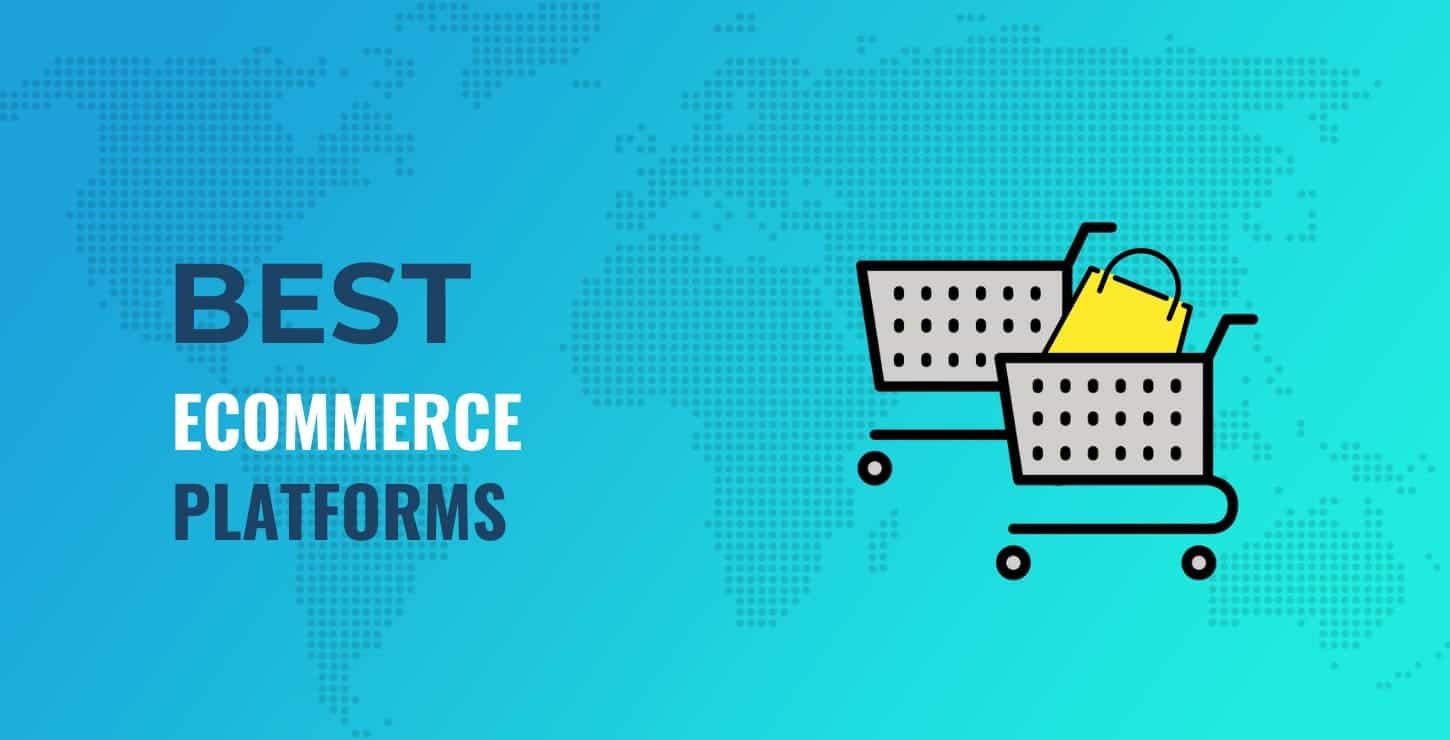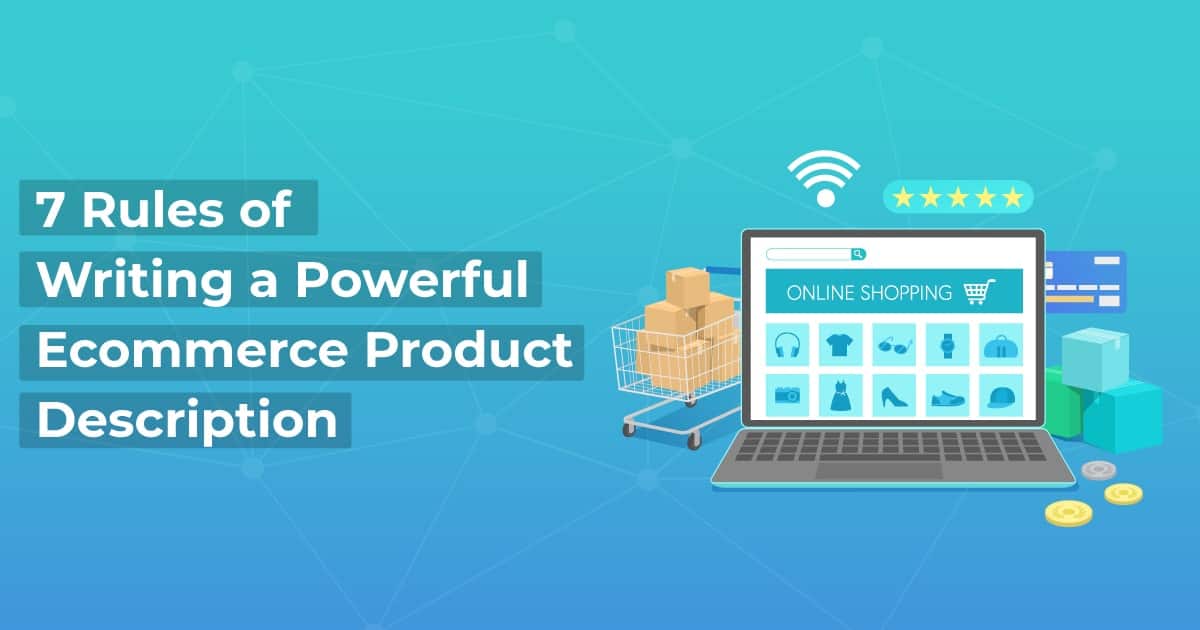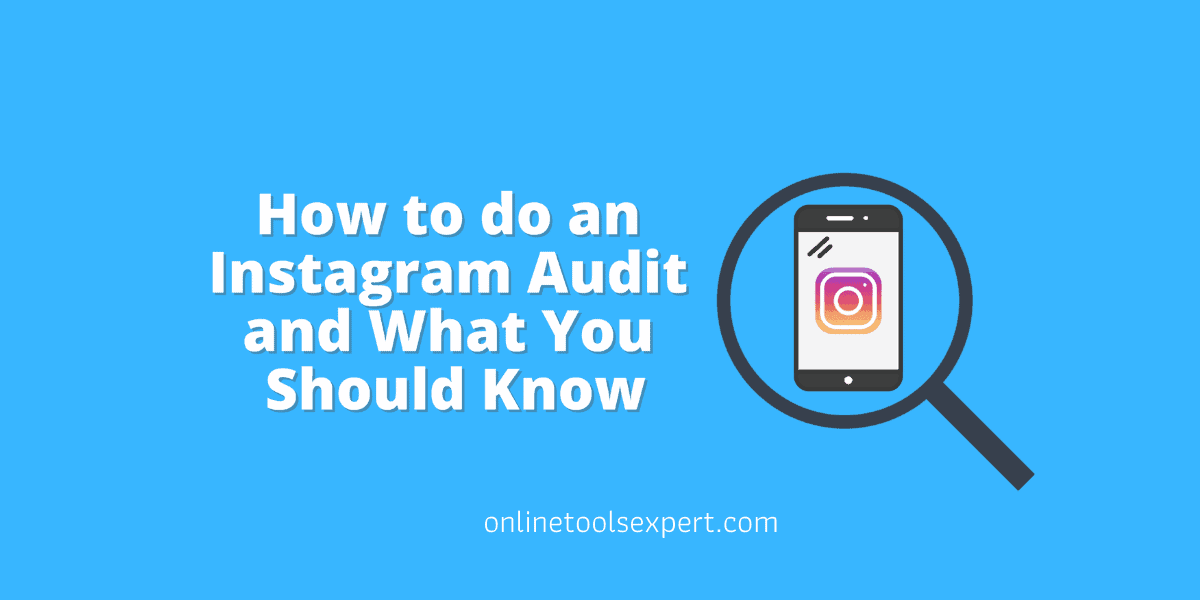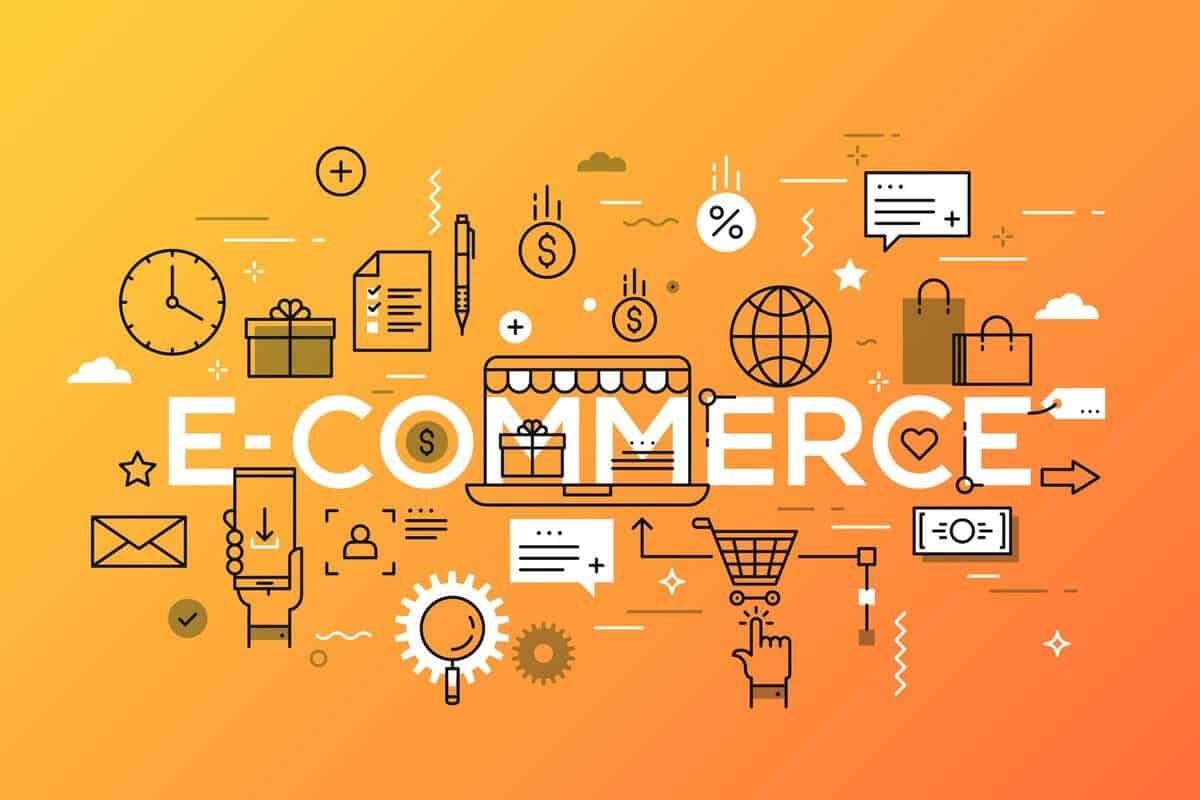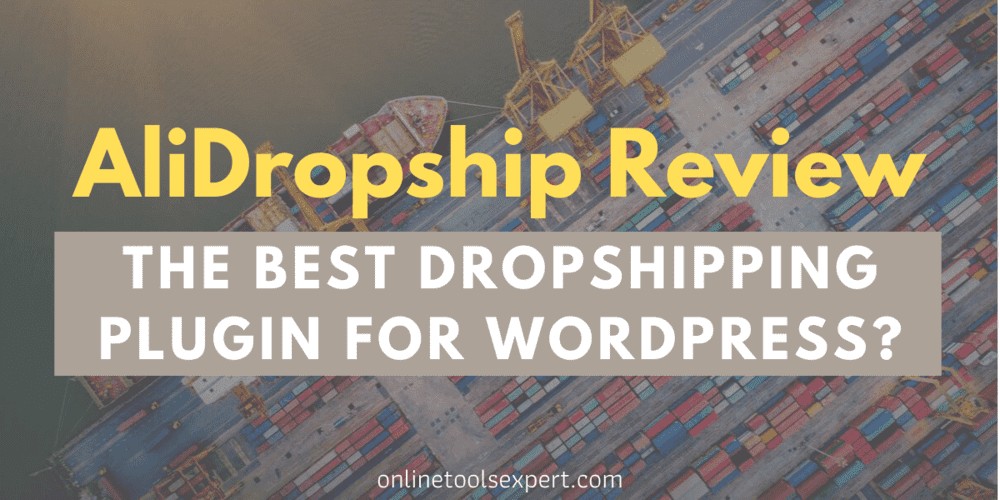Best Platforms for eCommerce Websites
Do you need to design an eCommerce website and you’re not sure where to begin? Perhaps you already have a website and it needs to be optimized? An eCommerce website is basically your 24/7 storefront. Since first impressions are everything, you want to make sure you have an appealing, easy-to-navigate website. In this article, we … Read more

